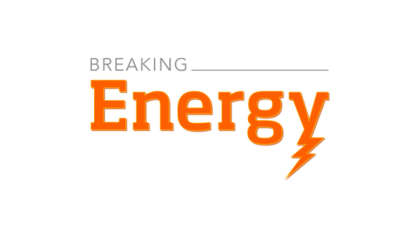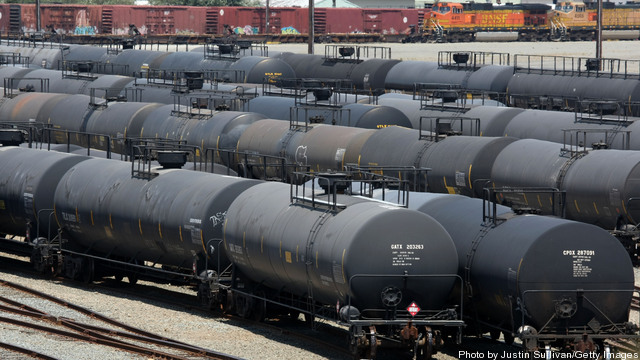
It is an urban myth that if the oil industry drilled more, gasoline prices would decrease. The myth relies on the premise that as more oil supplies are introduced, market forces would take over and domestic prices would fall. But it turns out that increasing domestic production has virtually no effect on gasoline prices.
The US already increased production. According to the Energy Information Administration (EIA), US oil production reached 310,403,000 barrels per month in October 1970 that became the historic peak. Ever since that time, production changed course and it has been in a steady decline. By 2005, production sank more than 50 percent to approximately 150,000,000 barrels per month. The bottom was reached in September 2008 when production sank to 119,477,000 barrels per month. Since then, for the first time since the 1980’s, monthly production changed direction and it has been trending upward. Last July, the US touched a new record of 196,405,000 barrels per month, a production level the US has not witnessed for over a decade. Keep reading →










